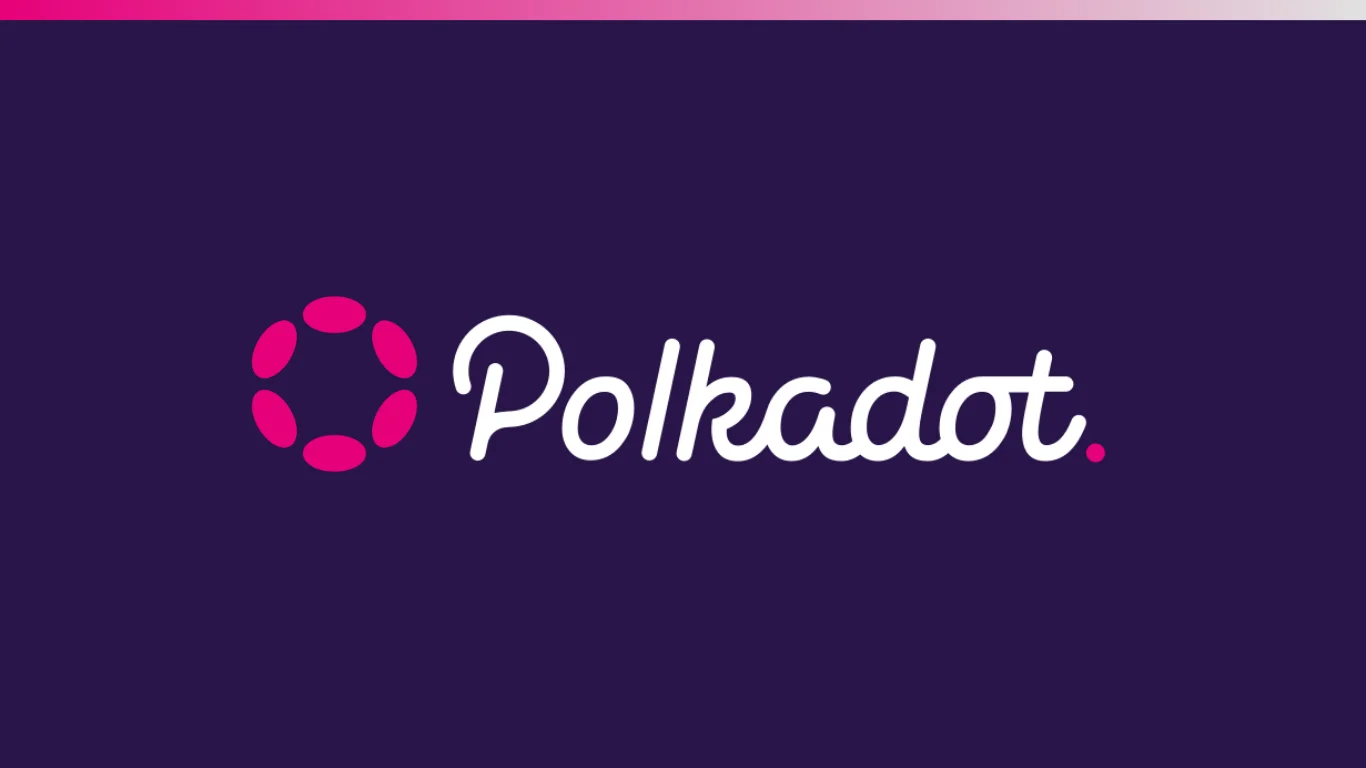Overview
Polkadot is a protocol for distributed blockchain computing that provides validation and security for other sovereign blockchains, known as “parachains”. Its construction was made possible using Substrate, a blockchain developmental framework. The Relay Chain serves as the base layer of Polkadot, utilizing a Nominated Proof-of-Stake (NPoS) consensus mechanism, and its state machine is compiled into WebAssembly (Wasm).
History
Gavin Wood, who Co-Founded Ethereum, came up with the concept of Polkadot and released the first version of its whitepaper in October of 2016. The main intnet of the project was to create a foundation layer for a decentralized internet that would allow autonomous blockchains to communicate securely with one another.
After co-founding Ethereum Foundation, Gavin Wood departed the organization in January 2016 and started Ethcore, a for-profit company. While initially focused on Ethereum’s development, Ethcore has since rebranded as Parity Technologies and shifted its focus to Polkadot. Notably, the whitepaper for Polkadot was published after Wood’s departure from Ethereum Foundation.
In 2017, the Web3 Foundation (W3F) was established by Wood and Peter Czaban as a non-profit organization to provide support for Polkadot, its flagship project. W3F conducted an ICO for Polkadot in October of that same year. Regrettably, on November 6, 2017, a vulnerability in the multi-sig wallet holding the ICO funds was exploited, causing the freezing of around 513,774 ETH, valued at $155.00 million at the time, of Parity Technologies’ working capital.
Wood and Peter Czaban founded Web3 Foundation (W3F), a non-profit organization to support Polkadot as its flagship project in 2017. In October 2017, W3F held an ICO for Polkadot. However, a vulnerability in the multi-sig wallet that held the ICO funds was exploited on November 6, 2017, freezing approximately 513,774 ETH (valued at $155.00 million at the time) of Parity Technologies’ working capital.
Wood and Peter Czaban founded Web3 Foundation (W3F), a non-profit organization to support Polkadot as its flagship project in 2017. In October 2017, W3F held an ICO for Polkadot. However, a vulnerability in the multi-sig wallet that held the ICO funds was exploited on November 6, 2017, freezing approximately 513,774 ETH (valued at $155.00 million at the time) of Parity Technologies’ working capital.
Polkadot parachains were launched towards the end of 2021. The first parachain slot auction began on November 11, 2021, and Acala won it. Around a month later, on December 17, 2021, Polkadot finished its multi-stage launch and the first five parachains went live on the Relay Chain.
On May 4, 2022, Polkadot introduced XCM, a messaging format that standardizes messages between parachains, allowing for greater interoperability.
In July, Polkadot announced the launch of OpenGov governance on Kusama, which was later implemented in November 2022.
On October 21st, 2022, Gavin Wood resigned as CEO of Parity Technologies and was succeeded by Björn Wagner.
On November 1, 2022, the nomination pools were released, allowing tokenholders to stake as little as one DOT.
On June 15, 2023, Polkadot implemented the OpenGov governance system on the mainnet. This new system replaced the Council and Technical Committees with the Technical Fellowship. OpenGov also introduced a new process for governance proposals. This process is centered around 15 different governance proposal tracks, and you can view a complete list of these tracks here.
On June 15, 2023, Polkadot released XCM V3. This upgrade added advanced programmability, bridging capabilities with external networks, cross-chain locking, improved fee payment mechanisms, and support for non-fungible tokens (NFTs).
On July 19, 2023, Polkadot announced the completion and official release of “Polkadot 1.0”, which includes all the features and functionalities mentioned in the Polkadot whitepaper. As a part of this release, the runtime codebase of Polkadot was fully transitioned to the fellowship’s GitHub, which is managed by the community through OpenGov and the Technical Fellowship.
On October 10, 2023, Parity Technologies announced that the broader Polkadot community will be driving the go-to-market more effectively. As a result, Parity is discontinuing its go-to-market functions to provide an opportunity for new ecosystem leaders to emerge beyond Parity. Unfortunately, no further information was disclosed by Parity Technologies regarding the meaning of “go-to-market” or who the “new ecosystem leaders” might be.
A proposal titled “RFC-0032: Minimal Relay” was introduced on September 20, 2023. The proposal aims to move end-user functionalities such as staking, validator elections, governance voting, and participation in parachain slot auctions to system parachains on the Polkadot Relay Chain. This will help to optimize secure block space on the Relay Chain.
During the Decoded conference held in June 2023, Gavin Wood proposed a new approach to parachain auctions and Polkadot’s general model, called “Polkadot 2.0.” This system would involve the implementation of the Agile Coretime model, creating a marketplace for allocating time on parachains using NFTs, which would enable more agile and on-demand access to resources. Instead of long-term leases through parachain slot auctions, time on parachains (referred to as Coretime) would be sold monthly just ahead of usage. According to a post on Medium published on December 24, 2023, the project team plans to introduce the Agile Coretime model in Q1 2024. Additionally, the team aims to introduce parathreads (also known as On-Demand Parachains), which operate similarly to parachains but require a fixed fee paid in DOT to have Relay Chain validators periodically validate a given parathread. Finally, the Polkadot forum indicates that the team is exploring zk-based and nested multiple Relay Chain scaling mechanisms.




